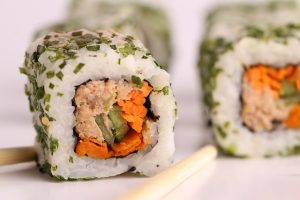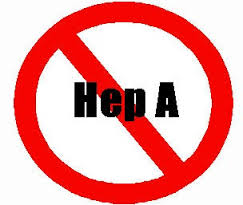Burden of disease metrics is increasingly established to prioritize food safety interventions. We estimated the burden of disease caused by seven foodborne pathogens in Denmark in 2017: Campylobacter, Salmonella, Shiga toxin–producing Escherichia coli, norovirus, Yersinia enterocolitica, Listeria monocytogenes, and Toxoplasma gondii.
 We used public health surveillance data and scientific literature to estimate incidence, mortality, and total disability-adjusted life year (DALY) of each, and linked results with estimates of the proportion of disease burden that is attributable to foods.
We used public health surveillance data and scientific literature to estimate incidence, mortality, and total disability-adjusted life year (DALY) of each, and linked results with estimates of the proportion of disease burden that is attributable to foods.
Our estimates showed that Campylobacter caused the highest burden of disease, leading to a total burden of 1709 DALYs (95% uncertainty interval [UI] 1665–1755), more than threefold higher than the second highest ranked pathogen (Salmonella: 492 DALYs; 95% UI 481–504). Campylobacter still led the ranking when excluding DALYs attributable to nonfoodborne routes of exposure. The total estimated incidence was highest for norovirus, but this agent ranked sixth when focusing on foodborne burden. Salmonella ranked second in terms of foodborne burden of disease, followed by Listeria and Yersinia. Foodborne congenital toxoplasmosis was estimated to cause the loss of ∼100 years of healthy life, a burden that was borne by a low number of cases in the population. The ranking of foodborne pathogens varied substantially when based on reported cases, estimated incidence, and burden of disease estimates.
Our results reinforce the need to continue food safety efforts throughout the food chain in Denmark, with a particular focus on reducing the incidence of Campylobacter infections.
Burden of disease estimates of seven pathogens commonly transmitted through foods in Denmark, 2017
Foodborne Pathogens and Disease
Sara Monteiro Pires, Lea Sletting Jakobsen, Johanne Ellis-Iversen, Joana Pessoa, and Steen Ethelberg









